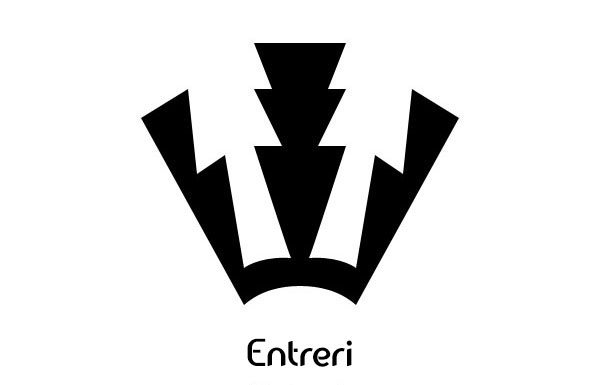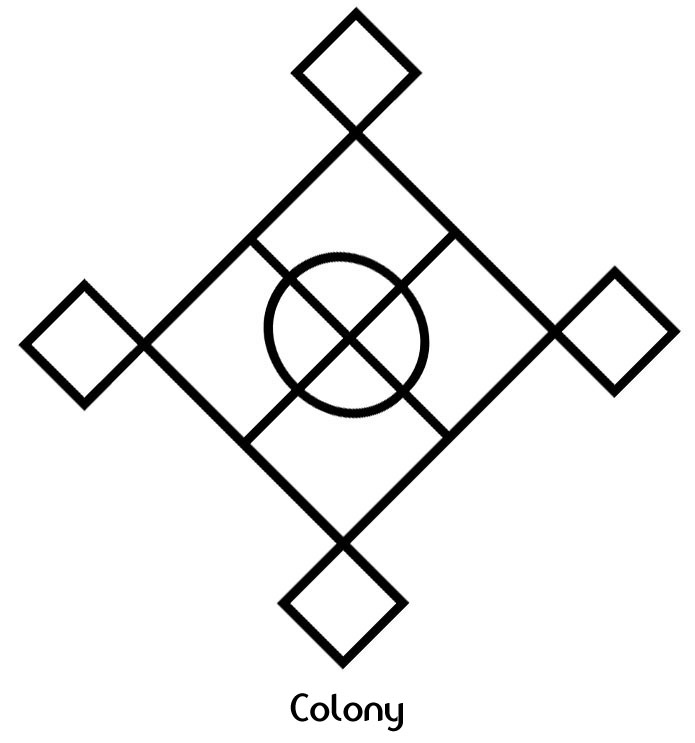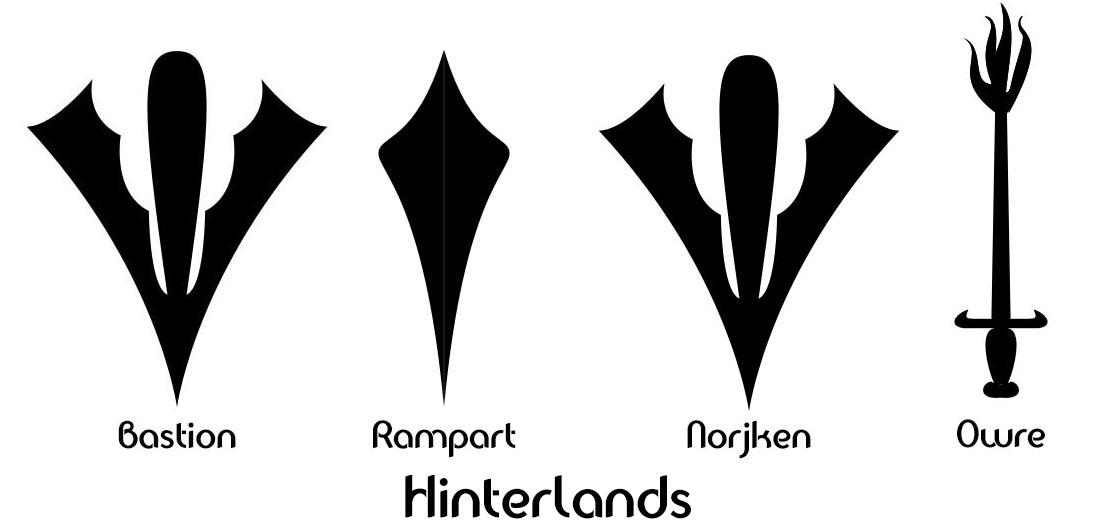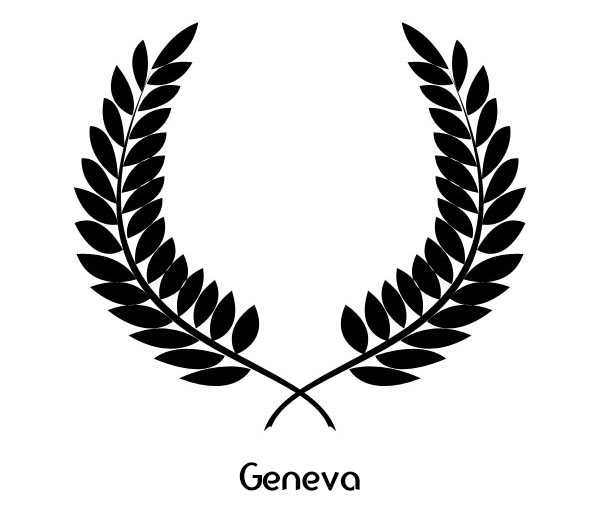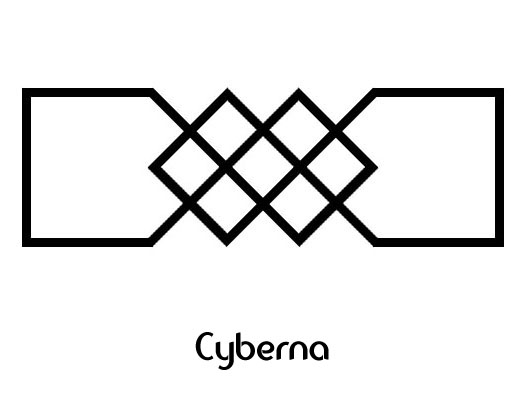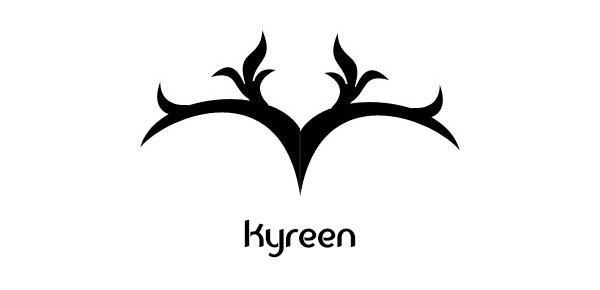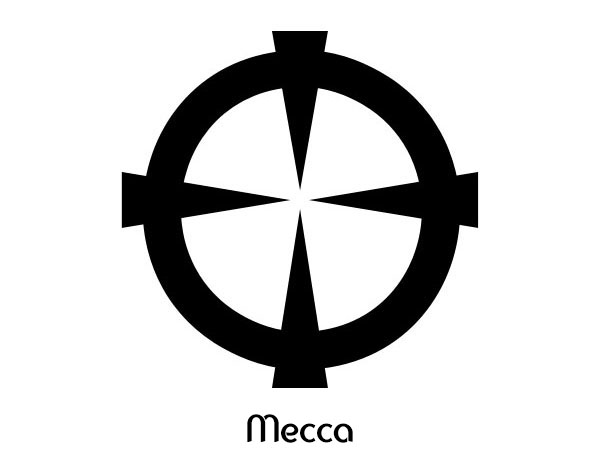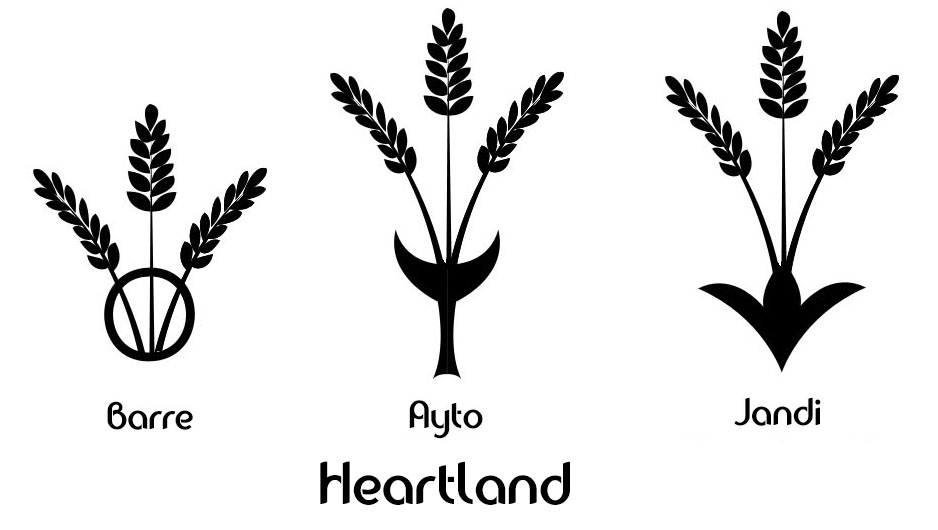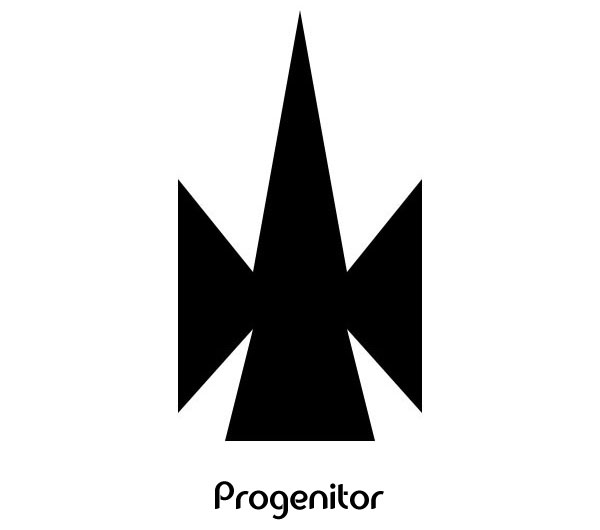Tagline: Let us review the review policy.
Okay, this one needs some explanation. On January 25th, 2000, John Wick gave an interview at the Gaming Outpost. (Although now defunct, the Gaming Outpost was a major online RPG nexus at the time.) As part of that interview, John Wick issued “The Official John Wick Review Policy”. This notably included stuff like claiming that reviewers should never say they didn’t like something. That no one should ever read a review. That no one should ever write a review. And then a strong suggestion that nobody (including fans) should express an opinion about an RPG unless they had personally published an RPG.
There were also a couple pieces of advice that weren’t complete shit.
This “review policy” came out shortly after Wick’s game 7th Sea had been inundated with bad reviews. The “Official John Wick Review Policy” poured gasoline on the fire: Wick was trying to tell an entire community of people who were disappointed with his game that they literally weren’t allowed to have an opinion about it because they hadn’t put in the “blood, sweat, and tears that make up the creative process”. I decided it would be particularly clever if I couched my own commentary on the “thou shalt not write a review” review policy in the form of a review.
So this particular review was written very much in a historical moment. I’m uncertain that it has any real meaning 15 years later, but if I’m archiving all of my historical content here on the Alexandrian, then I guess I should archive all of it.
(This is a review of The Official John Wick Review Policy, which was included as part of a Gaming Outpost interview which can be located here. You might want to go there before you read this – or after. Then again, you might not.)
 John Wick’s Review Policy sucks.
John Wick’s Review Policy sucks.
What else can I say? The very idea of Wick dictating the policies people will be using to review his own material is nauseating. He seems to think that his opinion has some sort of relevance to the rest of us. I just didn’t like it.
And you won’t like it either. I guarantee it.
Not that that matters, because if you’re reading this you’re a brain dead asshole. Didn’t you read Rules #5 and #6? What part of “never read reviews” didn’t you get? This is clearly being written by someone who has no idea of the blood, sweat, and tears that makes up the creative process (as if that somehow has some relevance to the merits of a product; as if the Cleveland Browns should have been in the Superbowl because they really, really wanted to be good and worked really, really hard). And I definitely have a personal agenda to condemn the product in question, considering that I am – by default – one of those evil reviewers. I violated Rule #7 (“never write a review”) right off the bat, so why are you paying any attention to me?
Of course — don’t blink now! — Wick has definitely written reviews before (some of which can be found in his columns right here on RPGNet) – so he’s a hypocrite. I can’t testify with absolute certainty that he has ever read a review – but I suspect so, which makes him a hypocrite twice over. And if he hasn’t, then he’s speaking from ignorance.
Which just makes him an idiot.
Which brings us to Rule #9: “Before you buy a book, read a few pages first.” A good point. Feel free to go check out the policy itself before continuing. I’ll wait.
Dum de dum. Ho de do. Dum dee-dee.
…
Ho, ho, ho!
…
You’re back? Great.
You may have realized that I’m not showing much restraint here. Initially I was worried about this, but then I realized that: (1) According to Wick there is no such thing as an objective review. (2) He was going to be “pissed off” about a negative “slam”/review no matter what it said. I’d feel sorry that I was causing him so much mental anguish, but if he’d stop putting together diatribes like this then it wouldn’t be necessary for others to tear them to pieces.
We’ll have to skip Rule #10 because this isn’t a roleplaying game we’re reviewing.
And we’ll have to skip Rule #11 because Wick is repeating himself.
Which brings us to Rule #12, in which Wick reviews Pendragon, Over the Edge, Ars Magica, Conspiracy X, Call of Cthulu, Champions, Twilight: 2000, Delta Green, the James Bond RPG, and Brave New World. See Rule #7 and draw some conclusions about Wick.
Then go back and read Rules #5 and #6, in which Wick bizarrely tells you that you shouldn’t even be reading this Official John Wick Review Policy.
Oh well, I was ignoring him anyway. On to Rule #13!
“Rule #13: If you’ve never gone through the grueling process of writing, designing, developing and publishing a roleplaying game, you don’t have the knowledge necessary to properly critique one.”
First off, if a bridge collapses the first time someone walks on it you don’t need to be an engineering major to figure out that there was something wrong with the bridge. Second, I find it truly bizarre that you need all that expertise to be qualified – in Wick’s opinions – to critique them (for example, why are only self-publishers allowed?). Finally, this whole thing leads to the oddity where it’s all right to critique a game, but you shouldn’t review it.
Rule #14 tells us that we have the right to express our opinions and the right to not express our opinions. Quite right. Rule #14.5 tells us that if we choose to “disregard these rights” (by both expressing and not expressing our opinion? by half expressing our opinion? what?) “anything you say can and will be used against you”.
Ah, poetic justice.
Rule #15 tells us that you need to defend your opinions – you need to justify them. Again, quite right. Pity Wick never seems to follow his own advice. Despite Rule #16: “All of the above rules apply to everyone. Including me.”
Style: 2
Substance: 1
Author: John Wick
Company/Publisher: Gaming Outpost
Cost: Free!
Page Count: n/a
ISBN: n/a
Originally Posted: 2000/01/28
Kaboom! Unsurprisingly, my caustic and ironic response to Wick’s diatribe provoked fierce responses. Wick himself notably failed to see the humor in a review of his review policy which systematically violated every single one of the absurd “rules” that he had proposed for reviews. We exchanged a number of heated comments back and forth across a variety of online forums.
The interesting thing is that, within a few weeks, John Wick and I had gotten over it: We had our argument and then we moved on. When I went to Gencon later that year, John was releasing his truly excellent Orkworld game. I shook his hand, we talked briefly, and he signed the book, “You review this and I’ll break your legs!” We laughed, chatted some more, and then I wandered off to read the book.
For a large number of people, though, John Wick and I were arch-enemies locked in an eternal feud. When my positive review of Orkworld appeared, I got several e-mails from people who were wondering if I’d “sold out” or if RPGNet had “forced” me to write a positive review. Some of it completely bizarre stuff; most of it just confusion.
It should be noted that Wick’s handling of the situation stood in marked contrast to the attitude of Sovereign Press at the same convention. (Which I describe at the end of my review of Sovereign Stone.)
For an explanation of where these reviews came from and why you can no longer find them at RPGNet, click here.

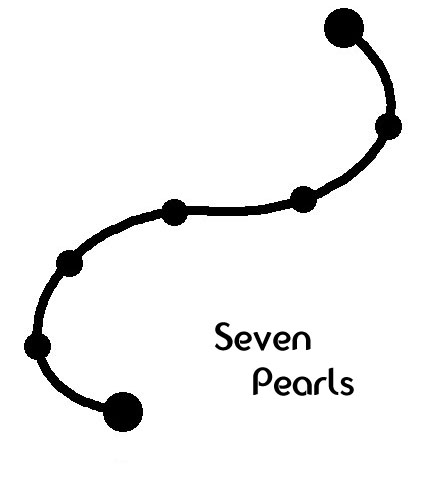
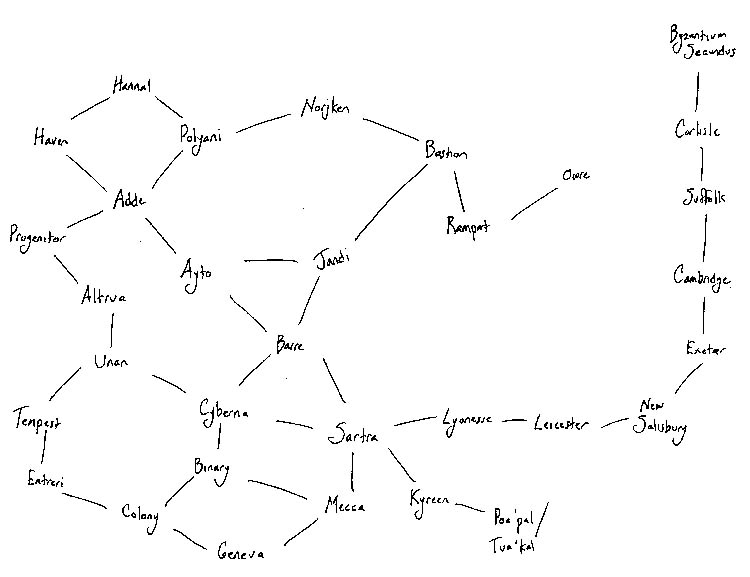
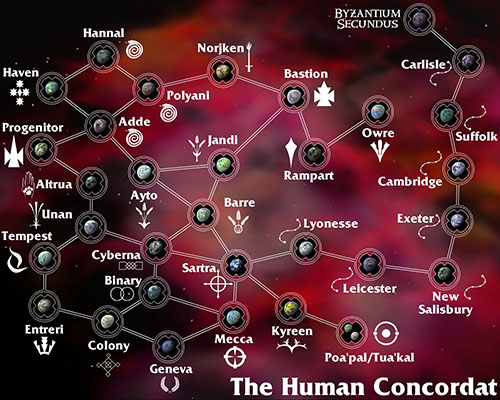

 John Wick’s Review Policy sucks.
John Wick’s Review Policy sucks.

